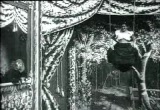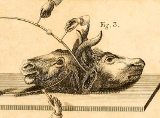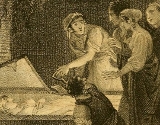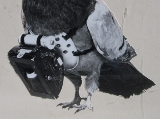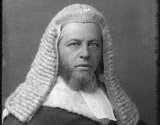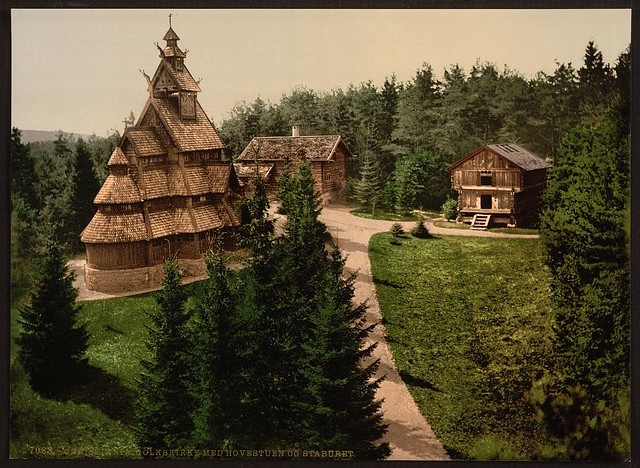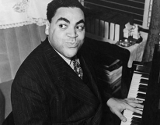One of the best examples of post-World War II social guidance films – jam-packed full of useful tips. From the Prelinger Archives.
Download from Internet Archive
Note this film is in the public domain in the US, but may not be in other jurisdictions. Please check its status in your jurisdiction before re-using.
















